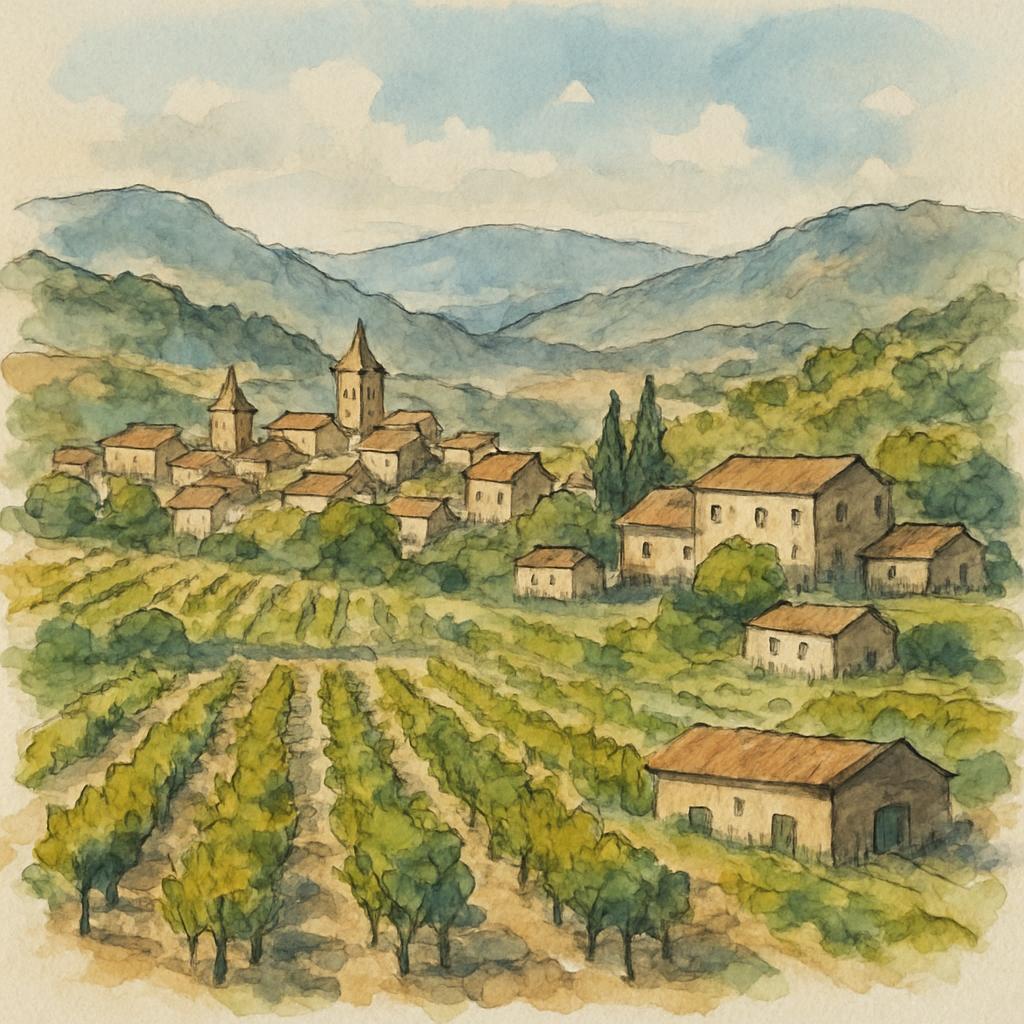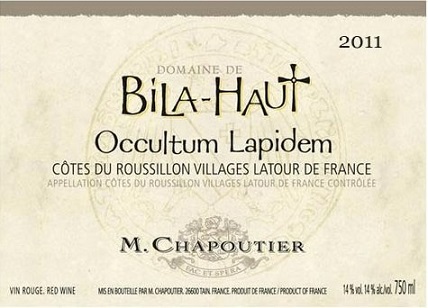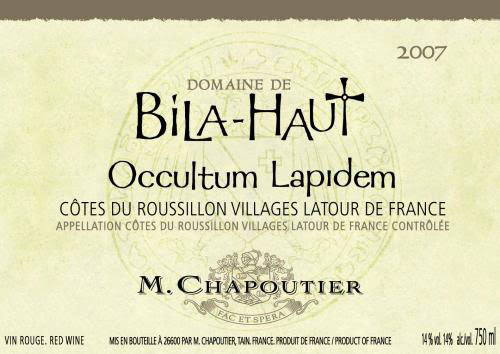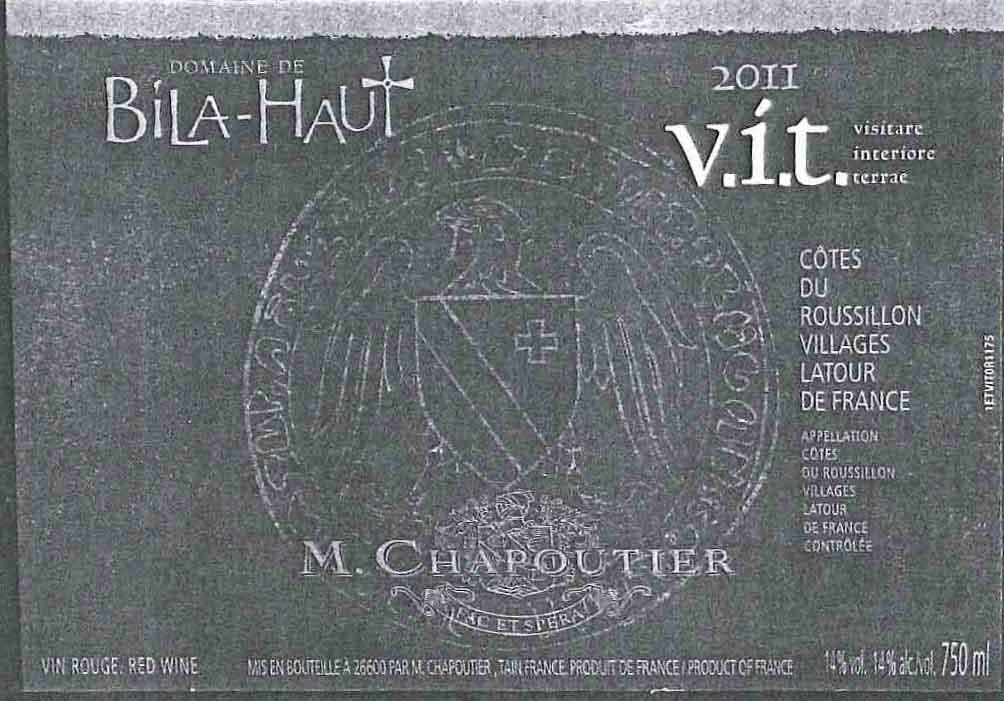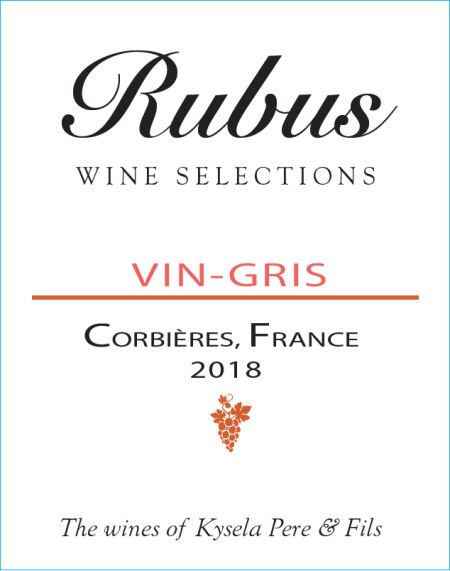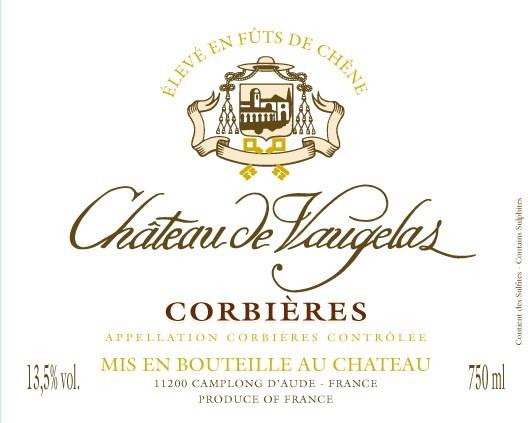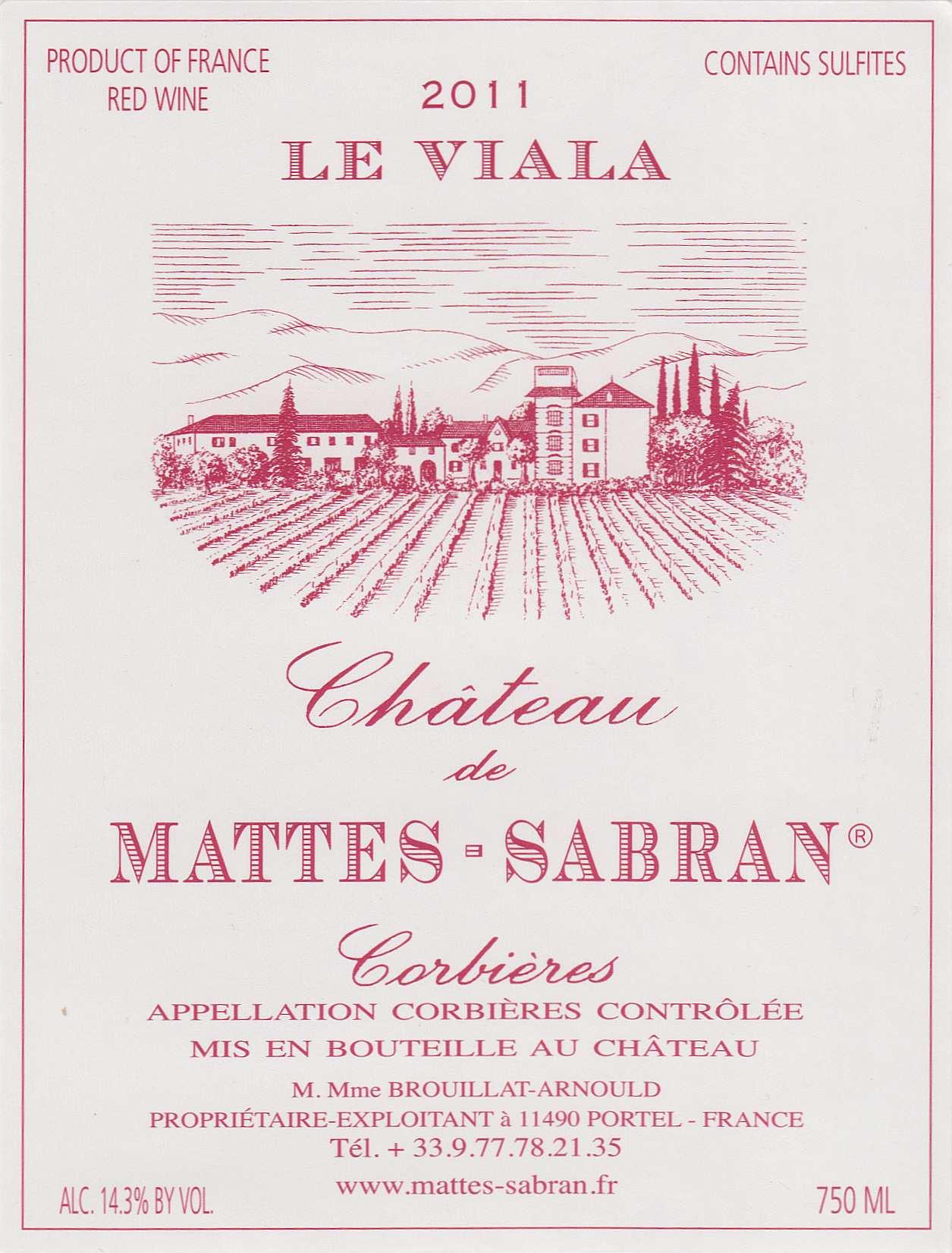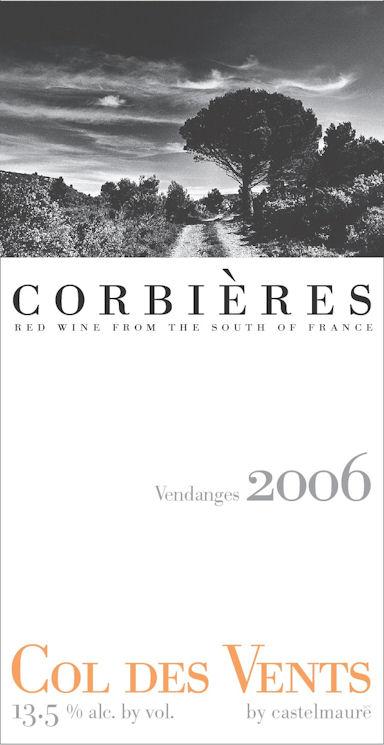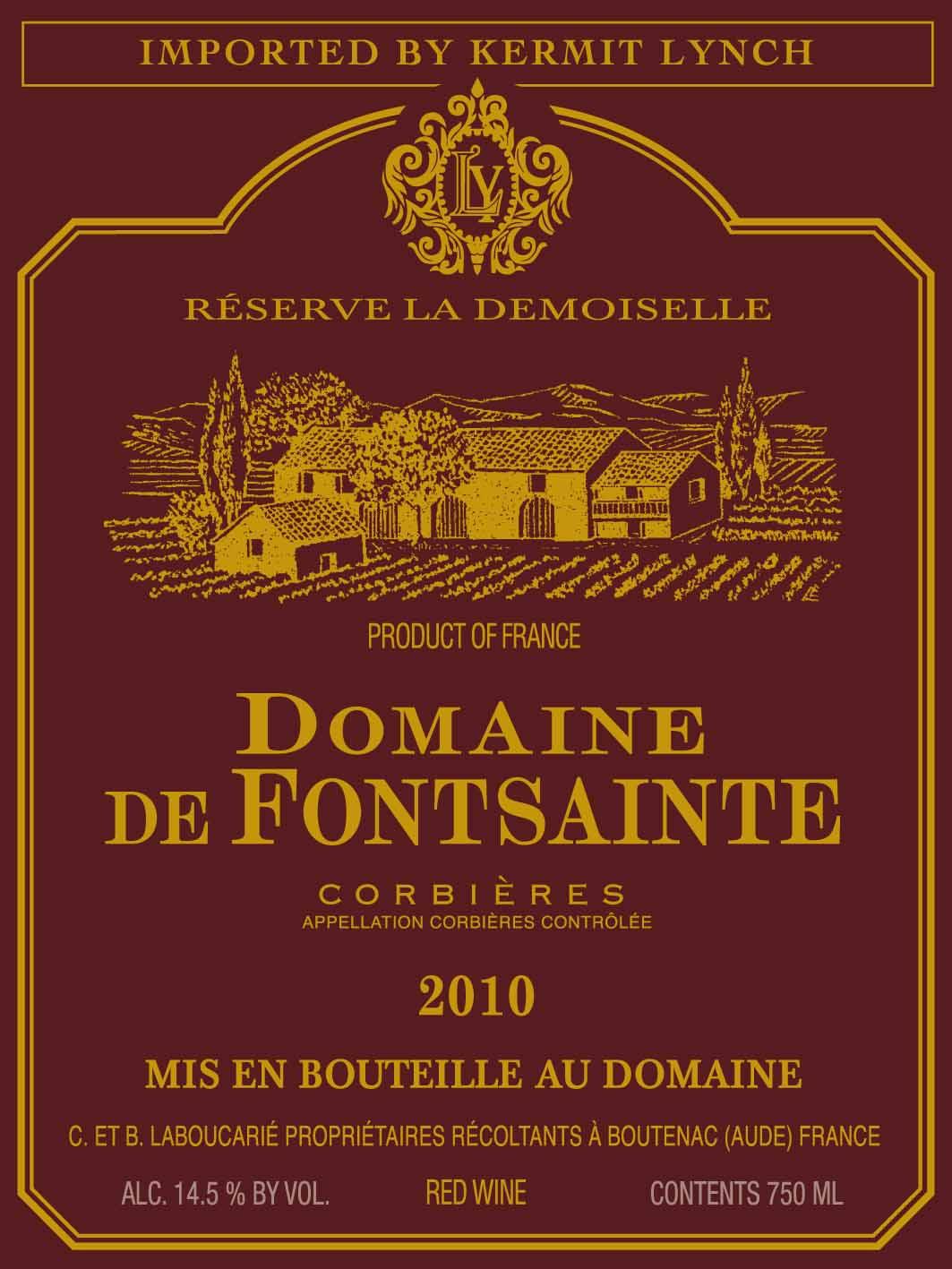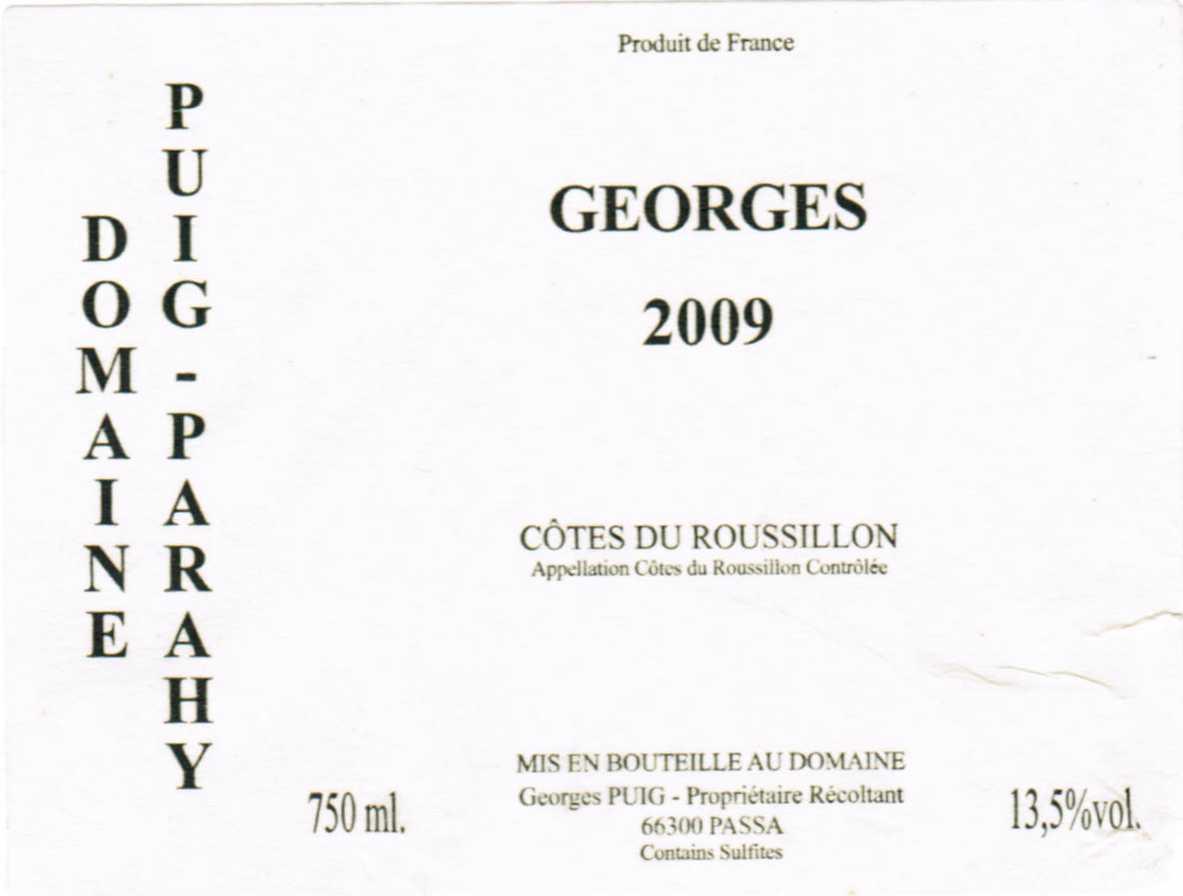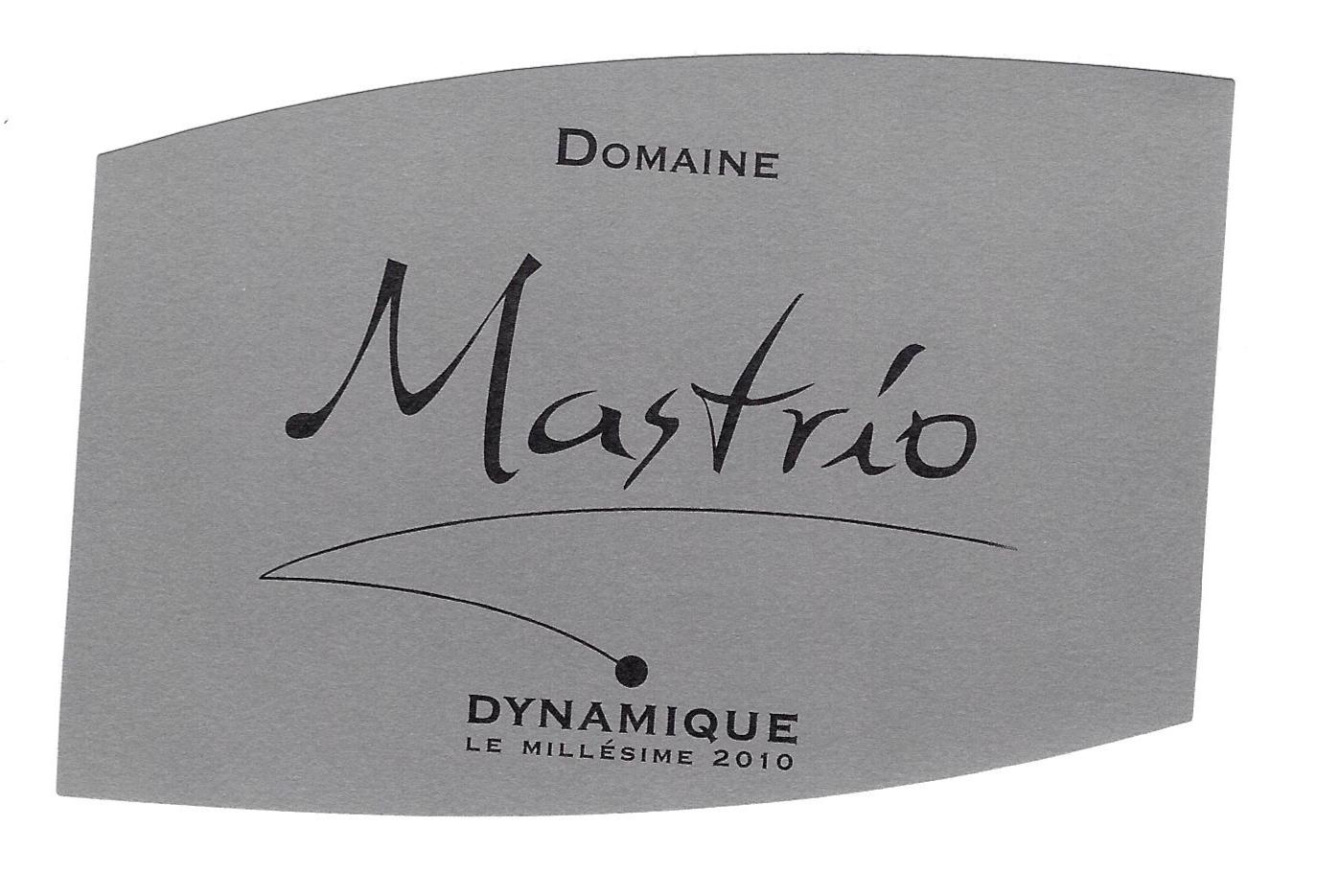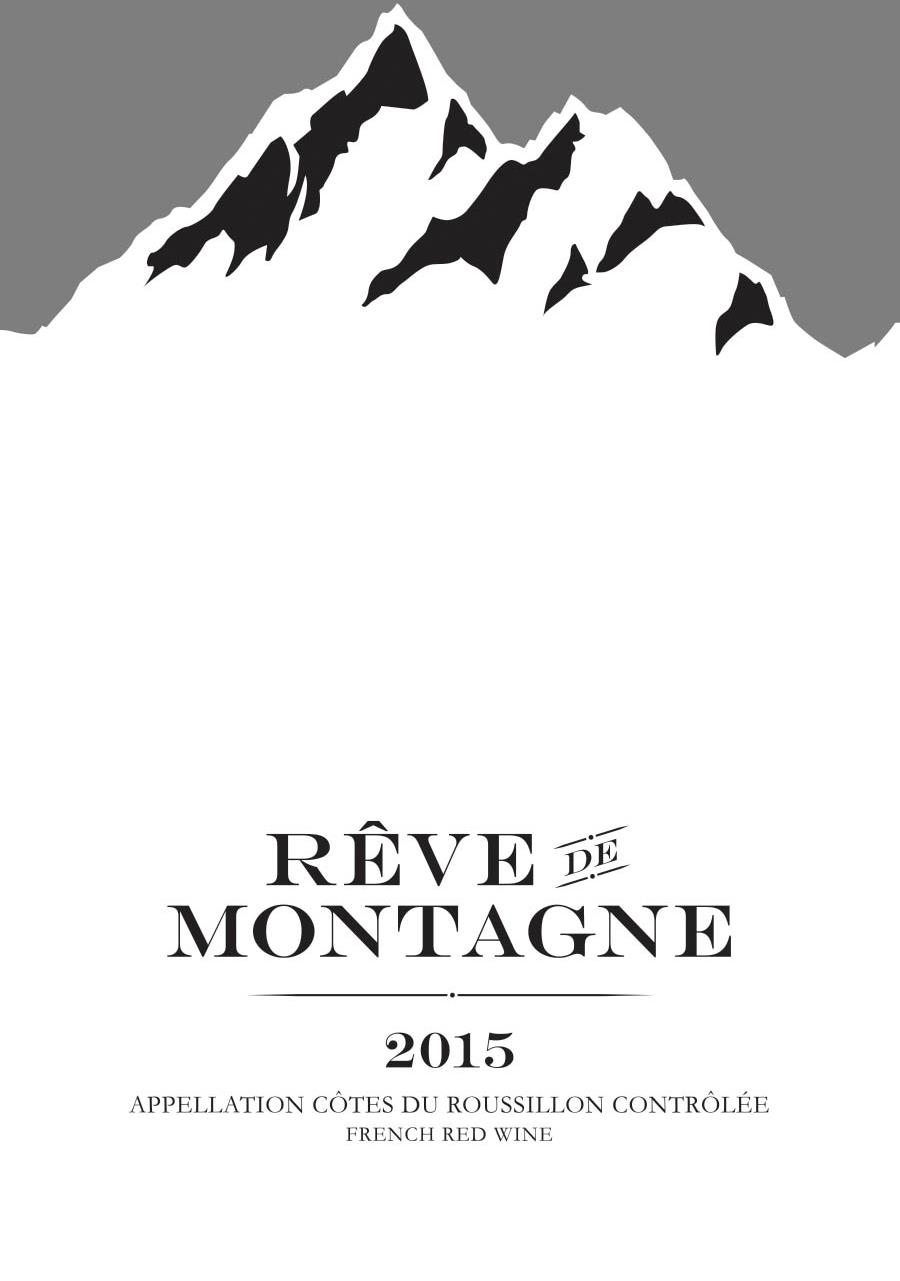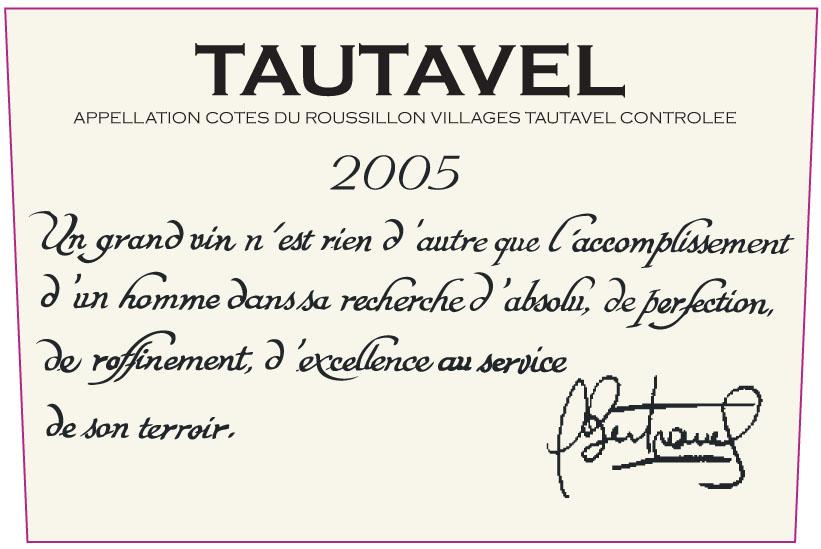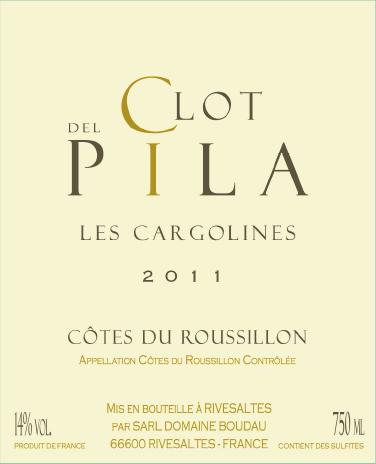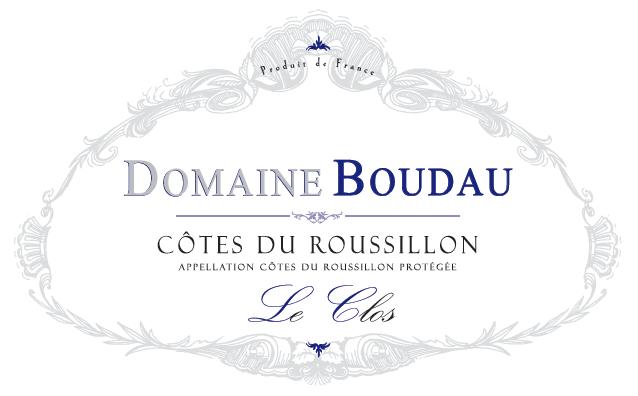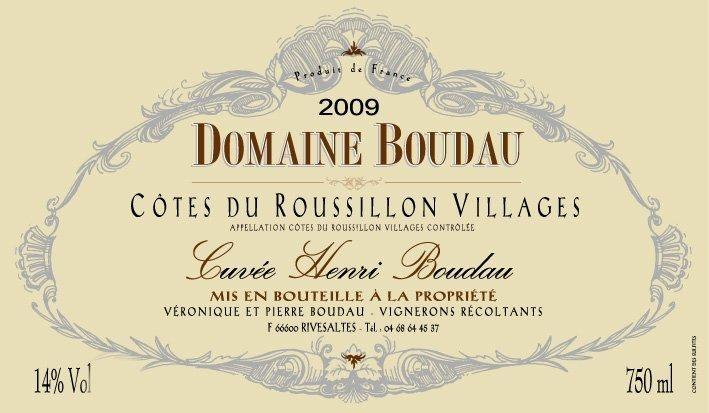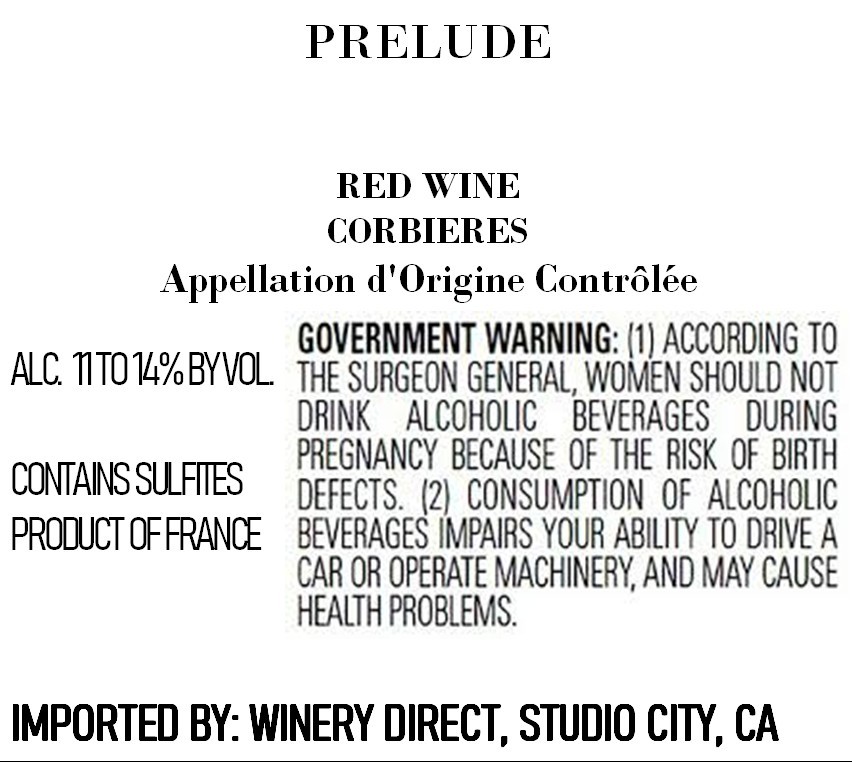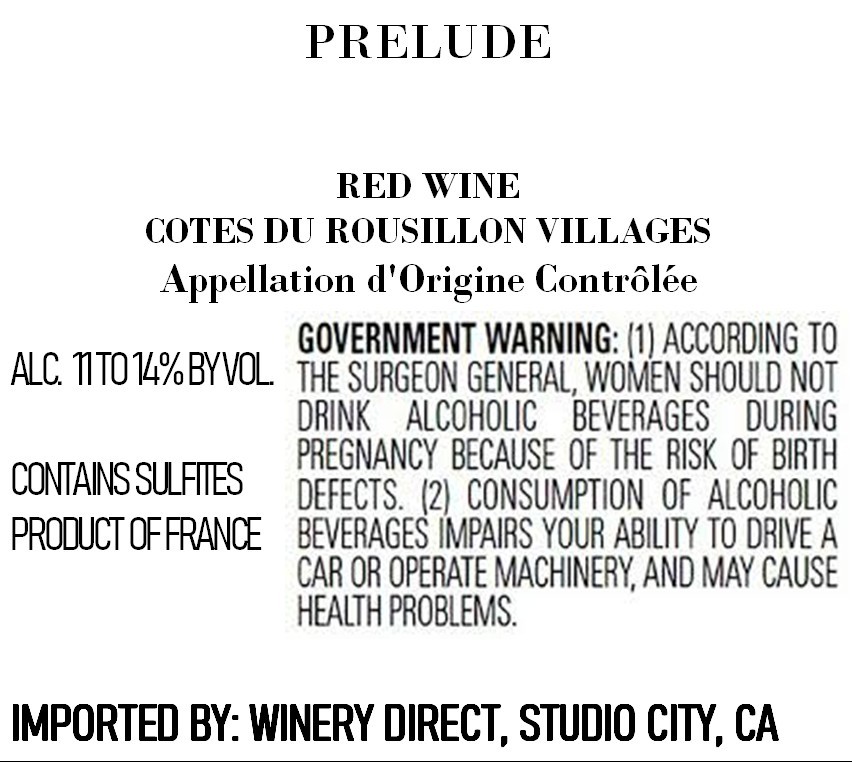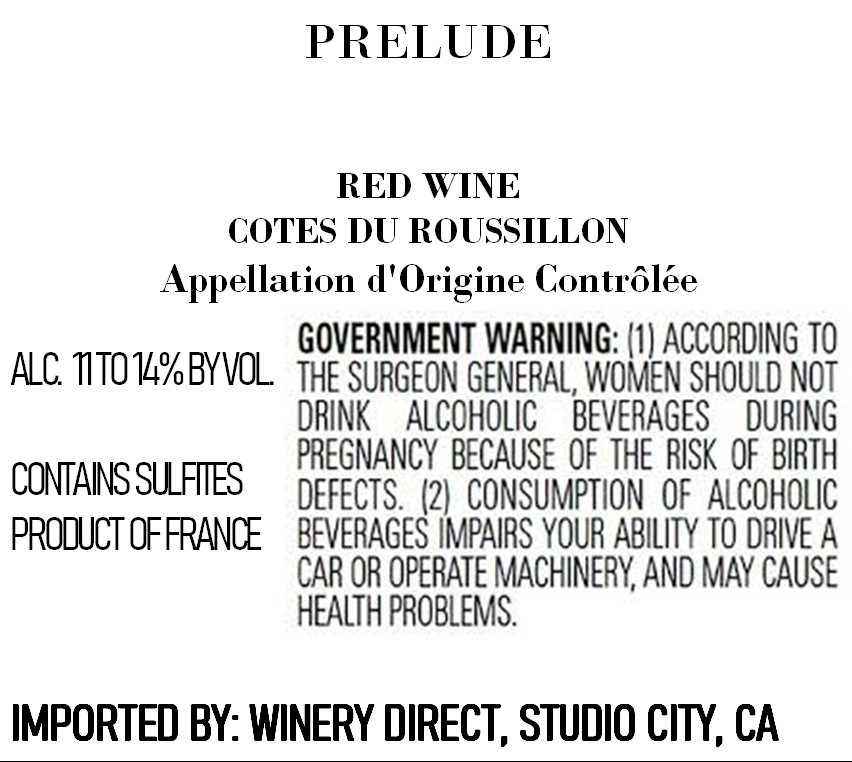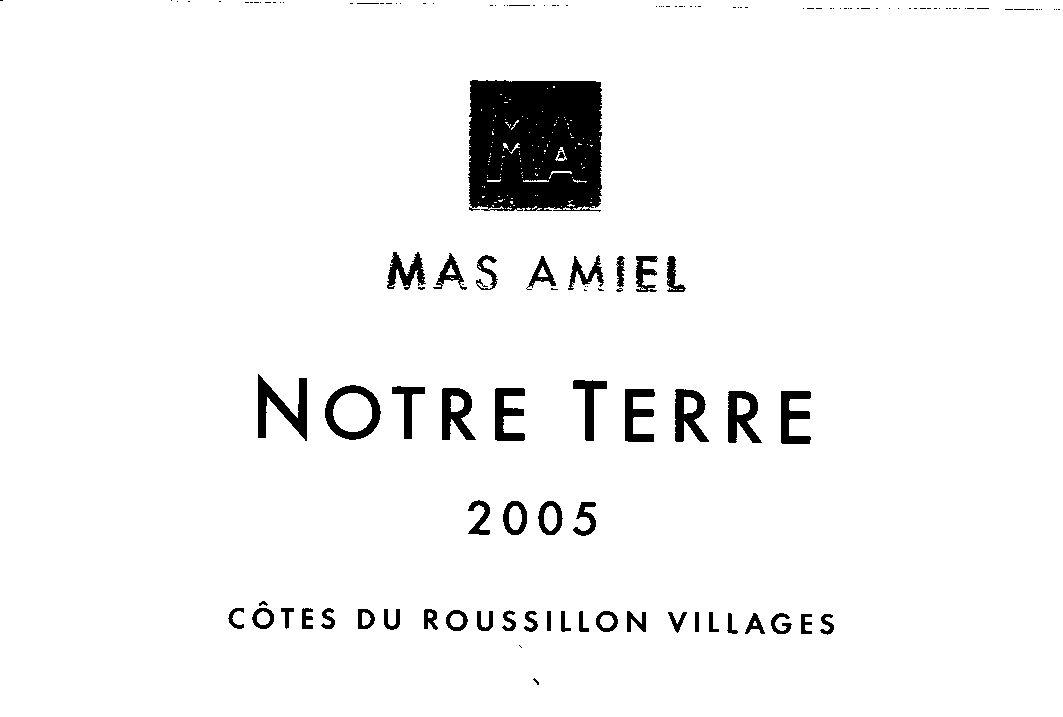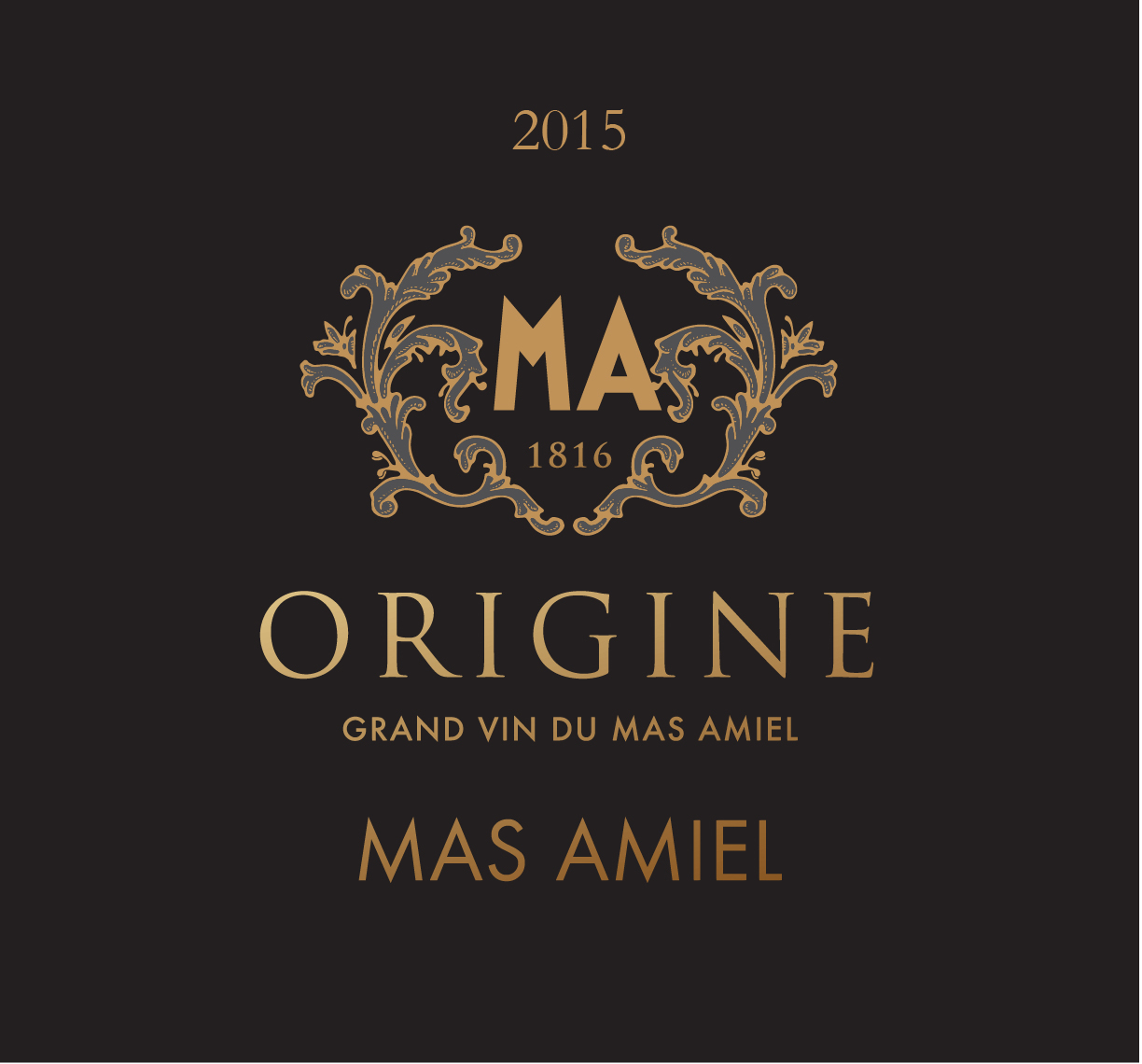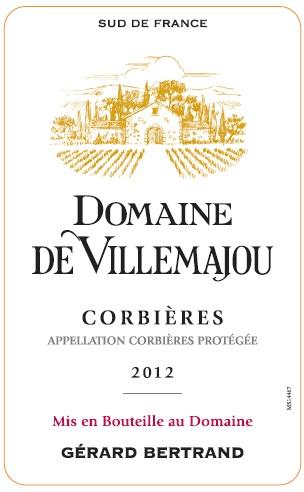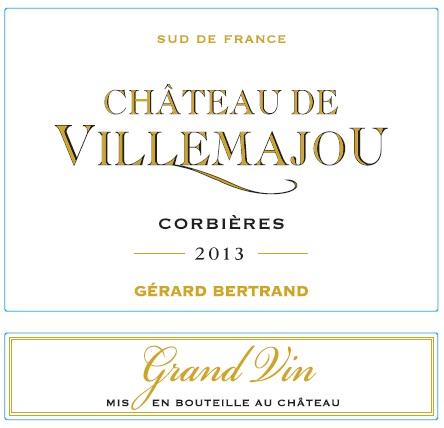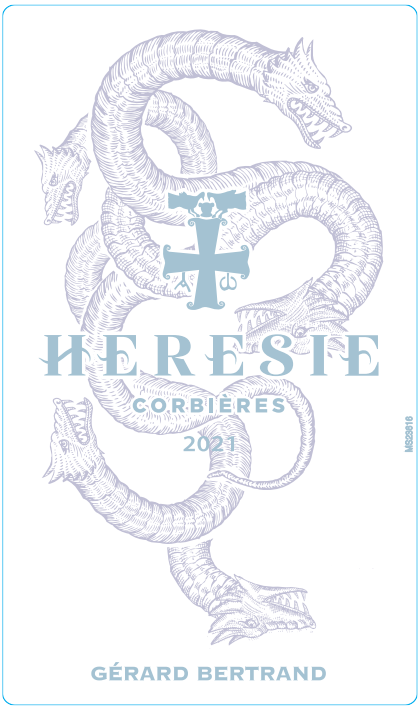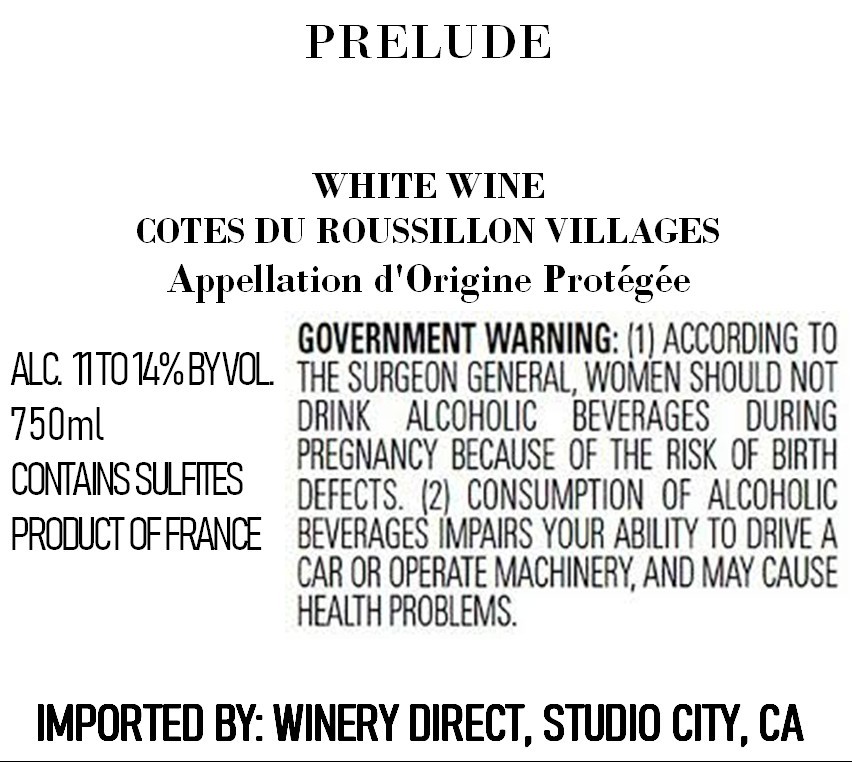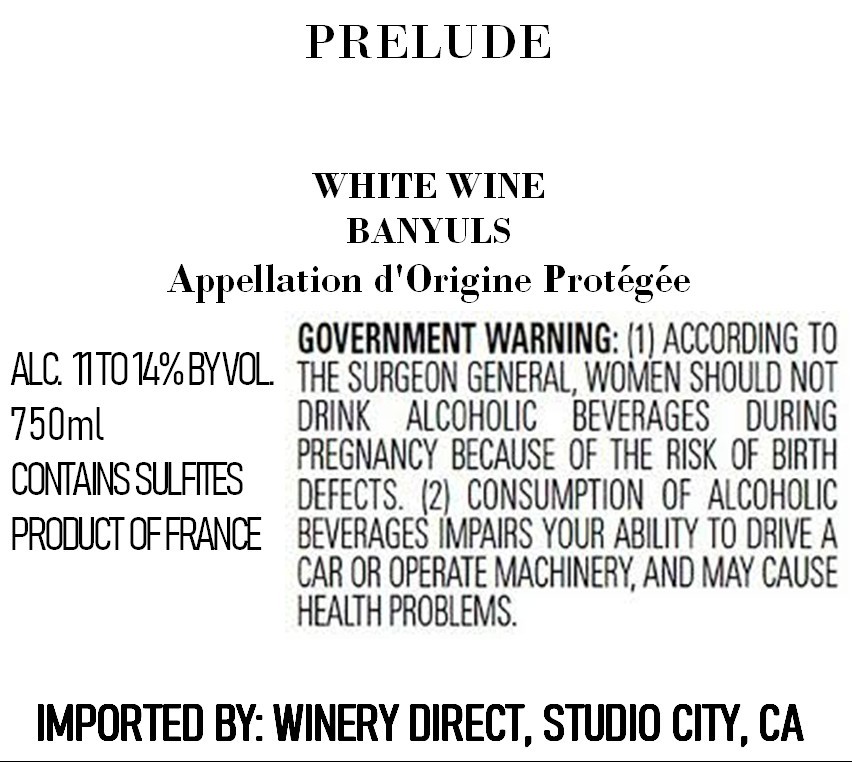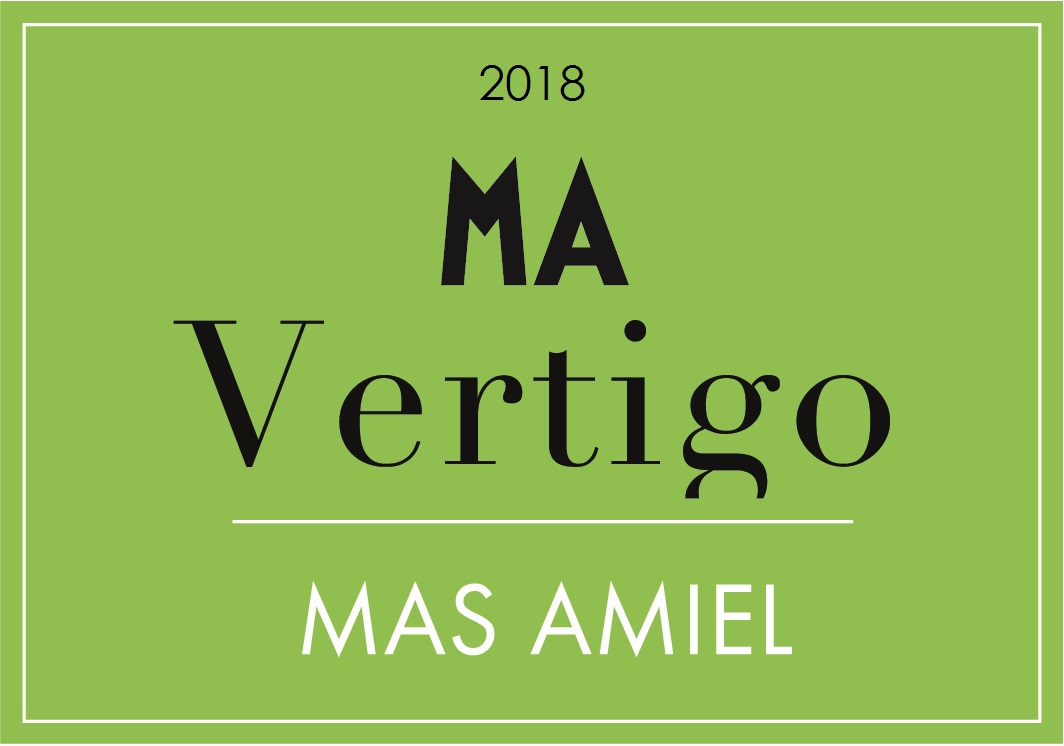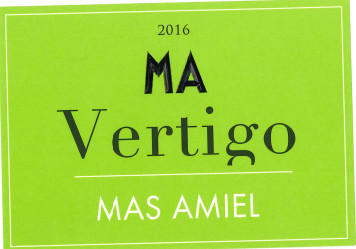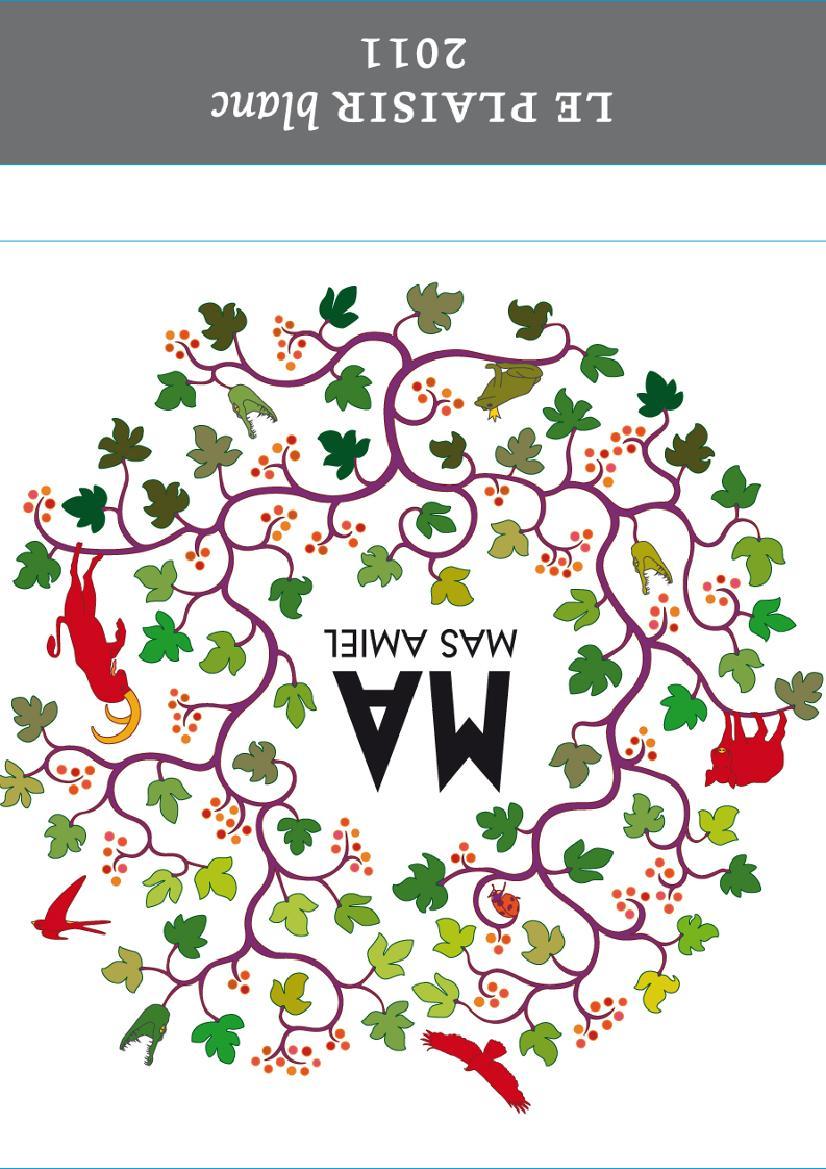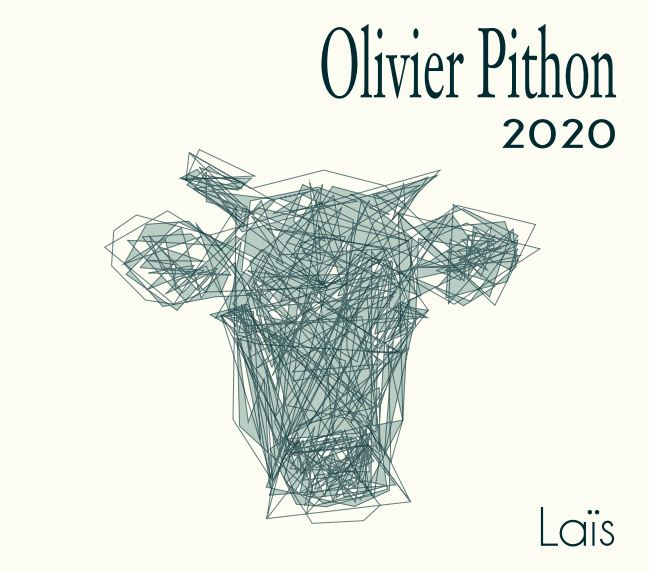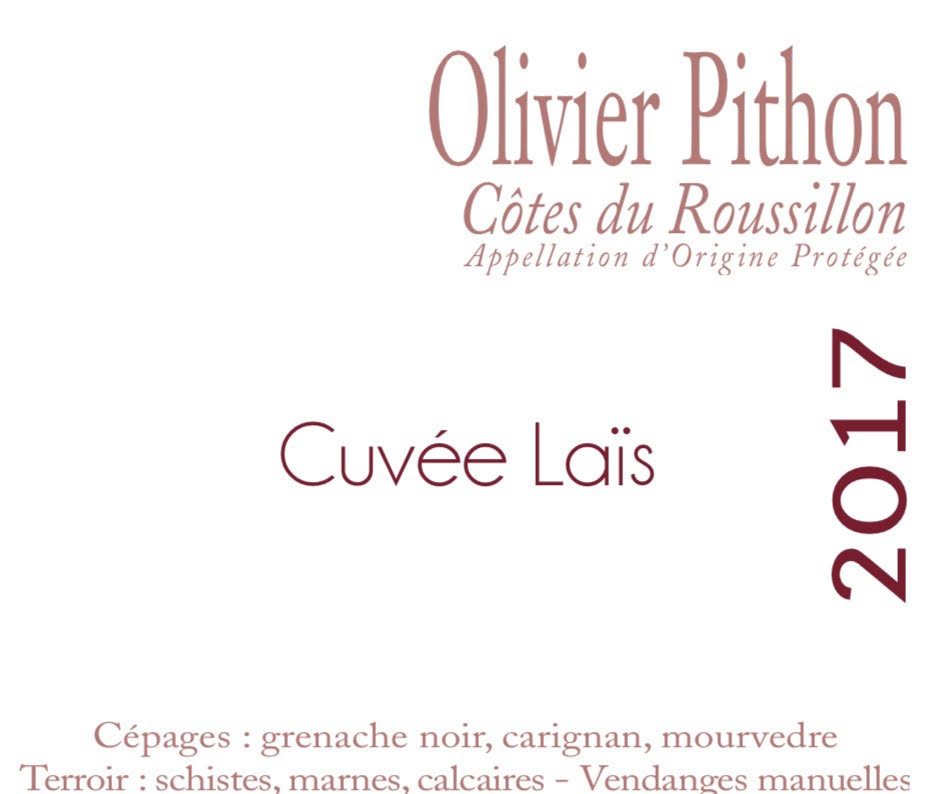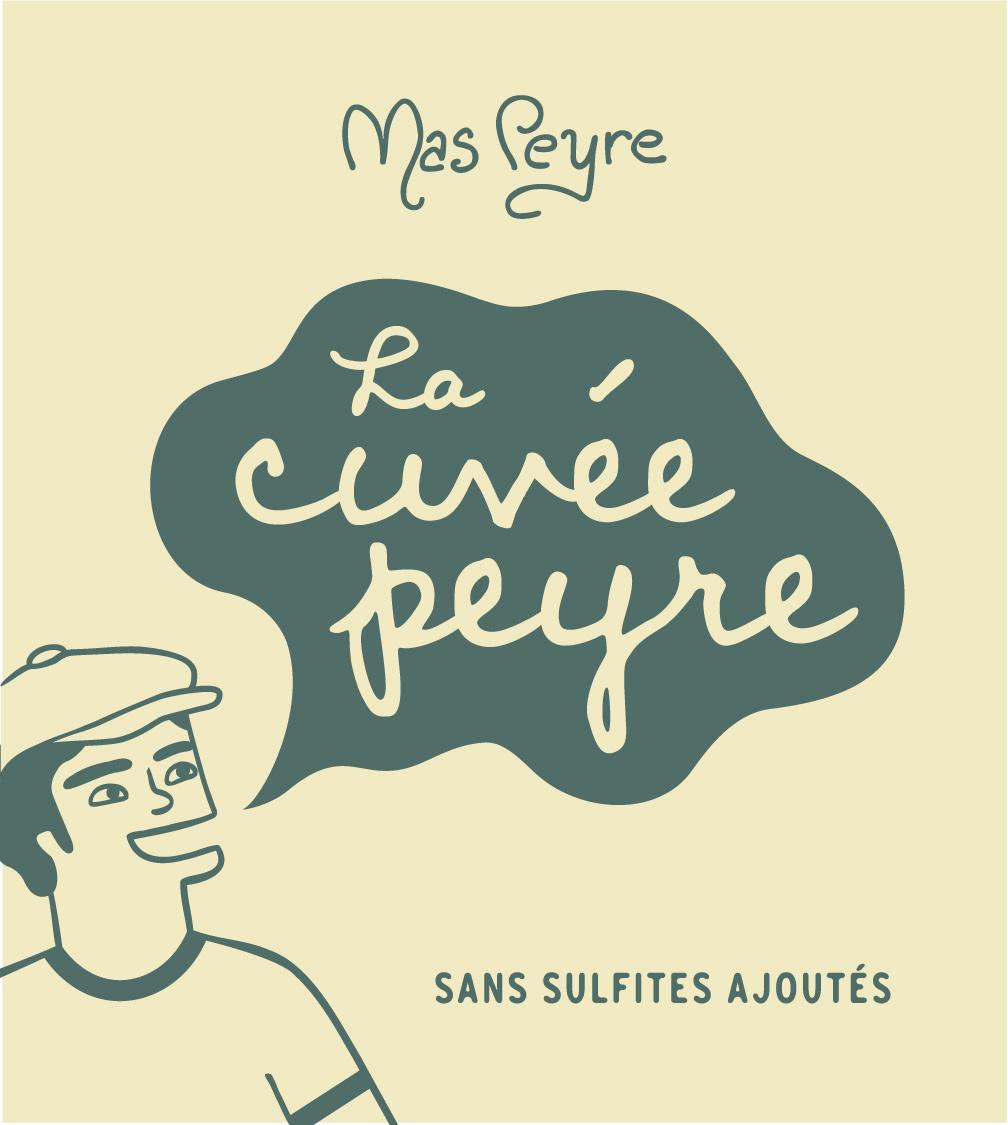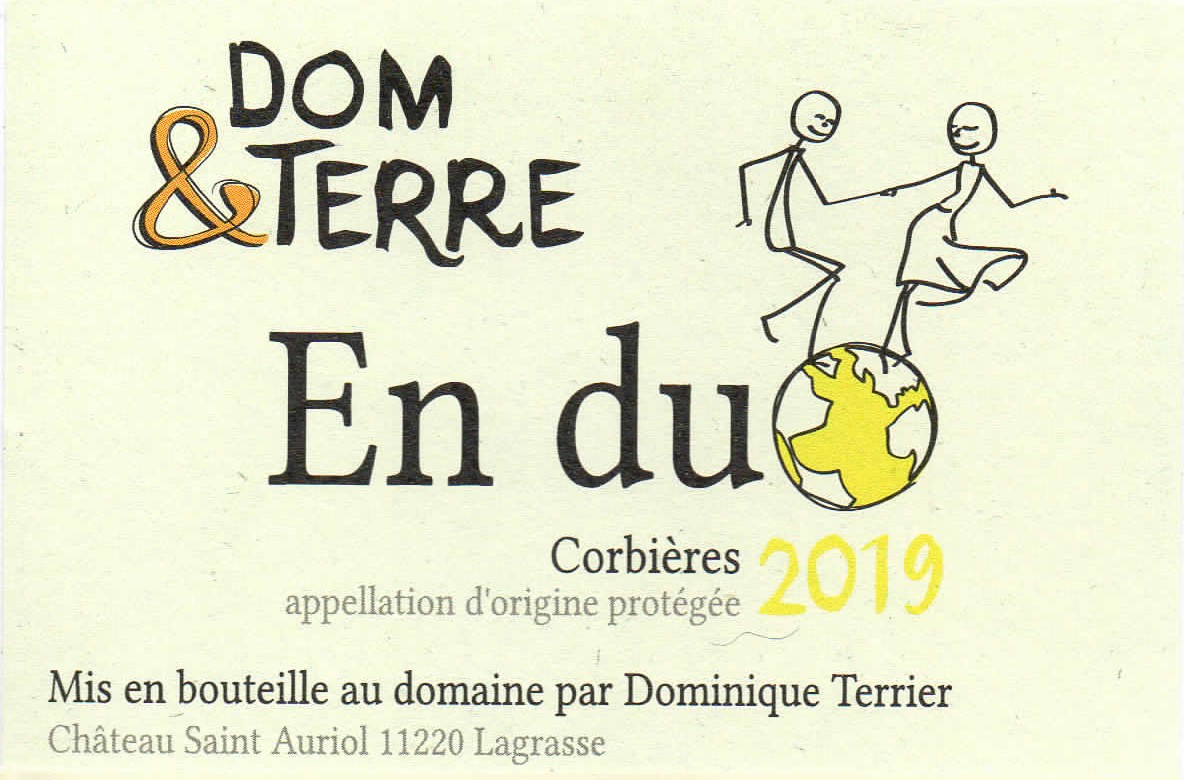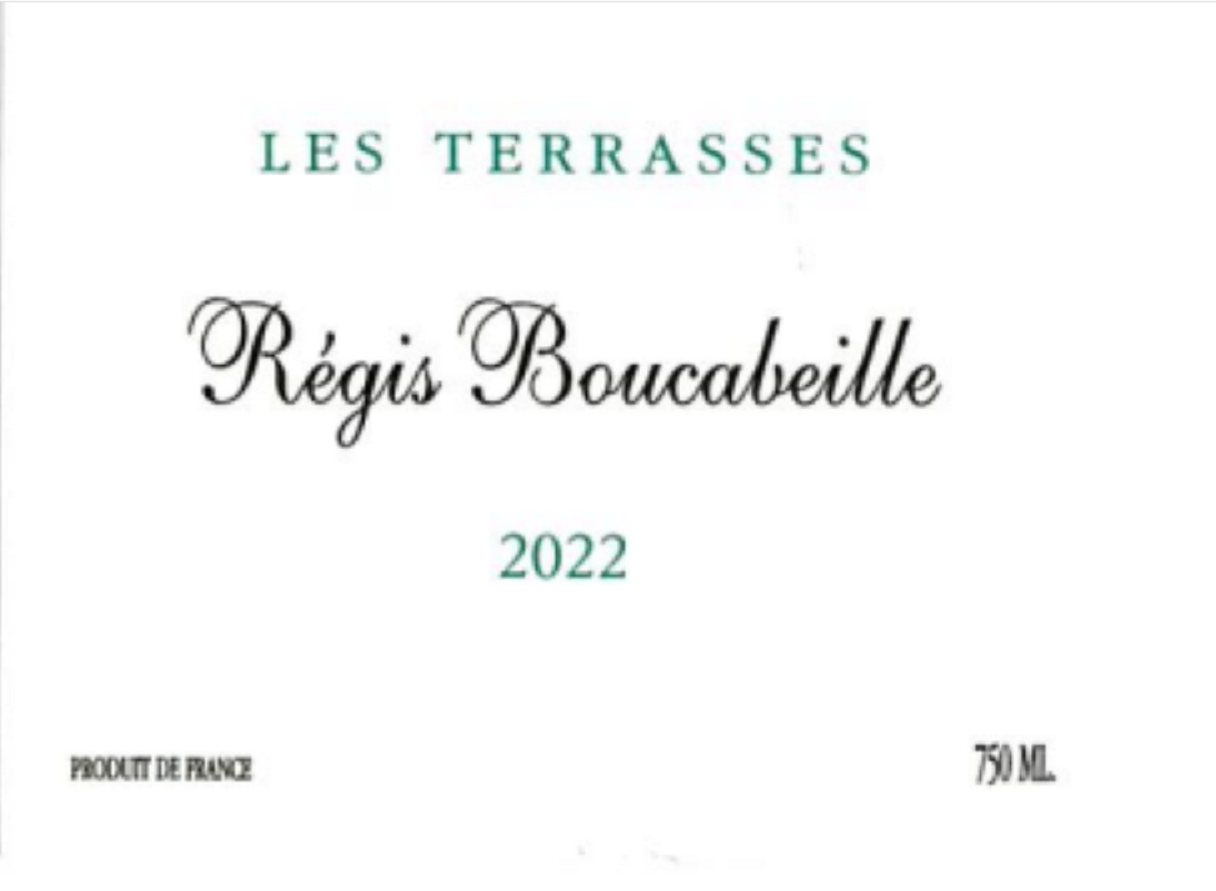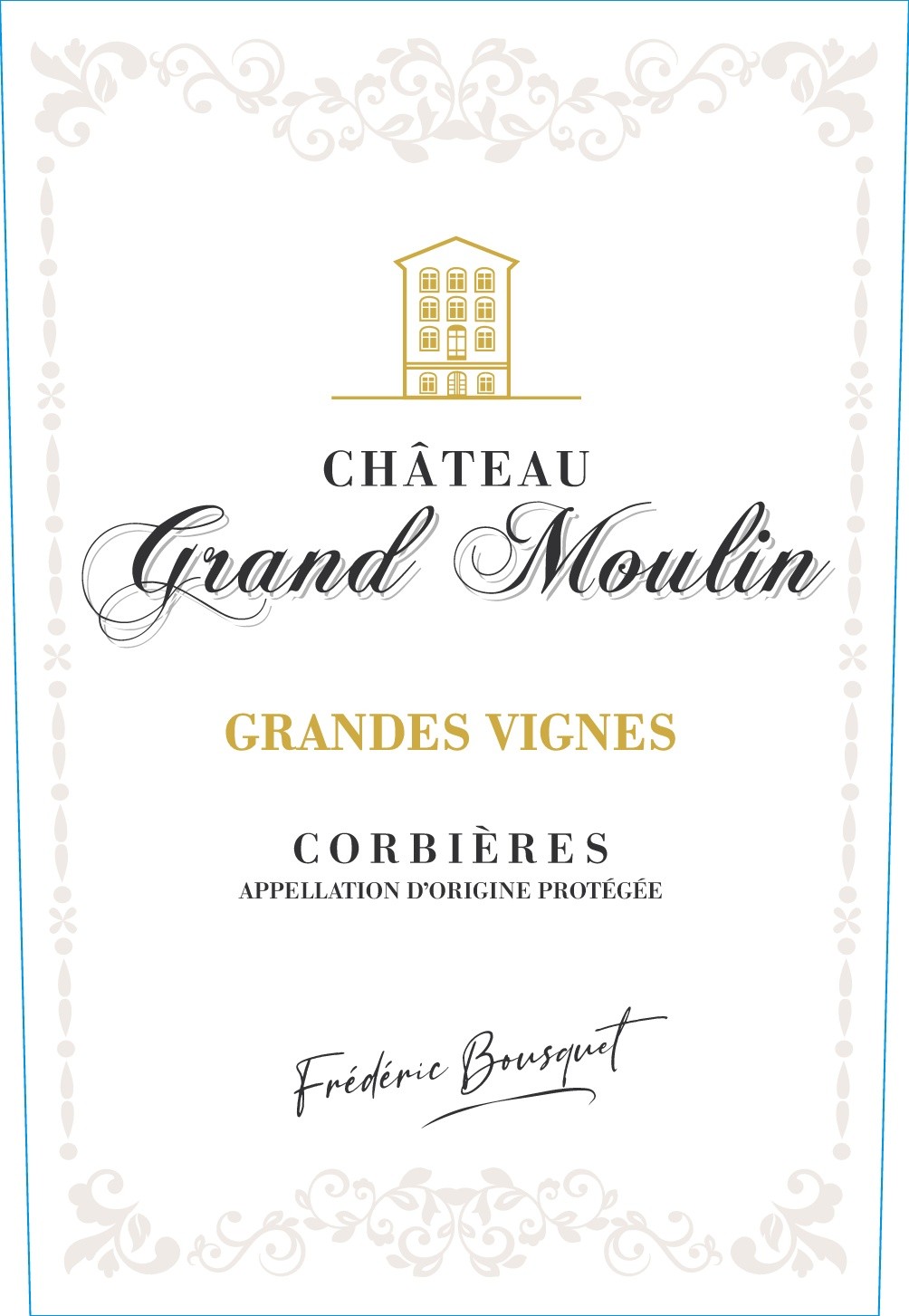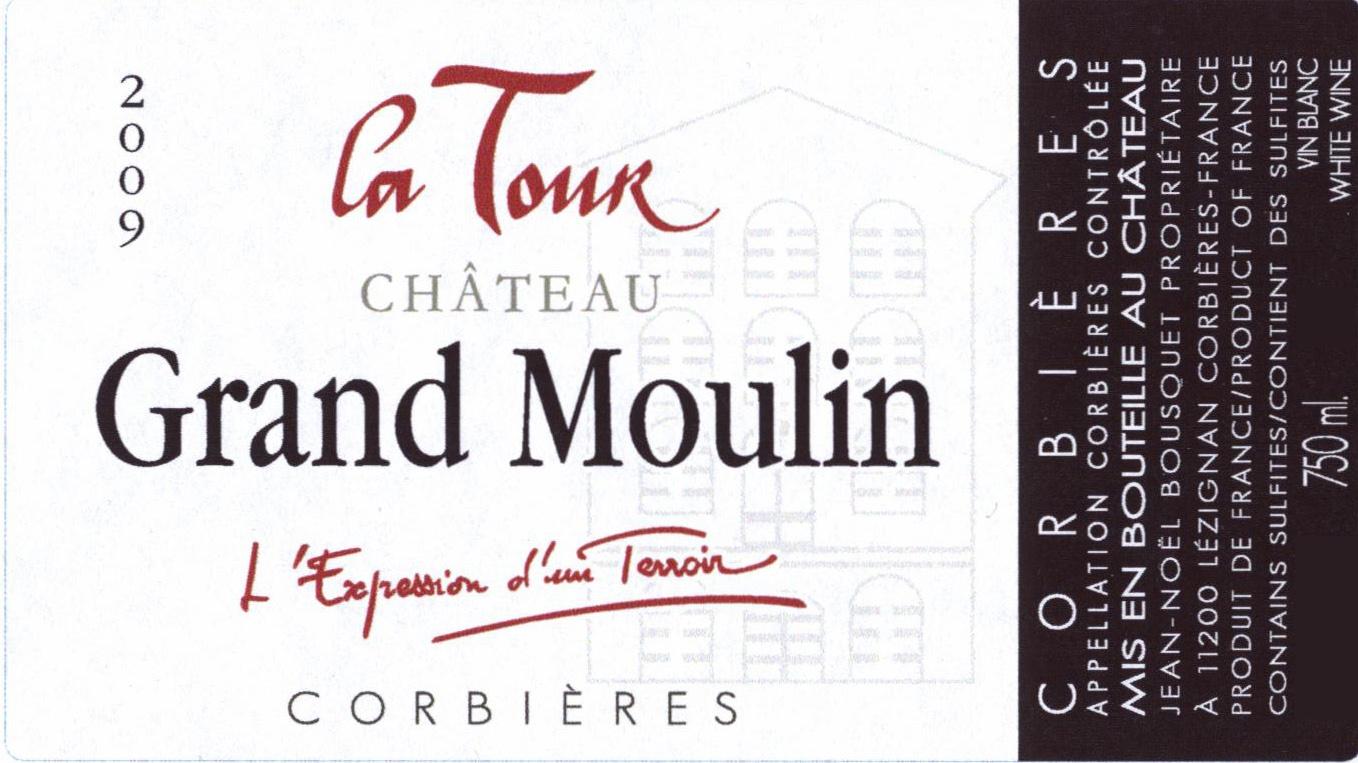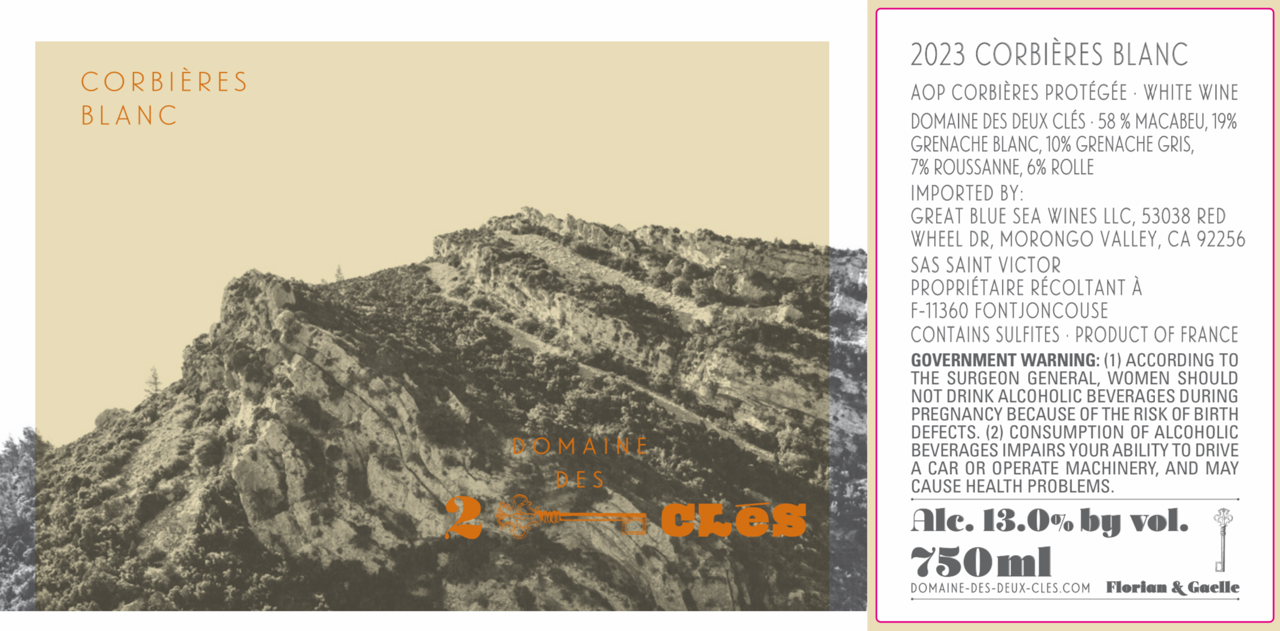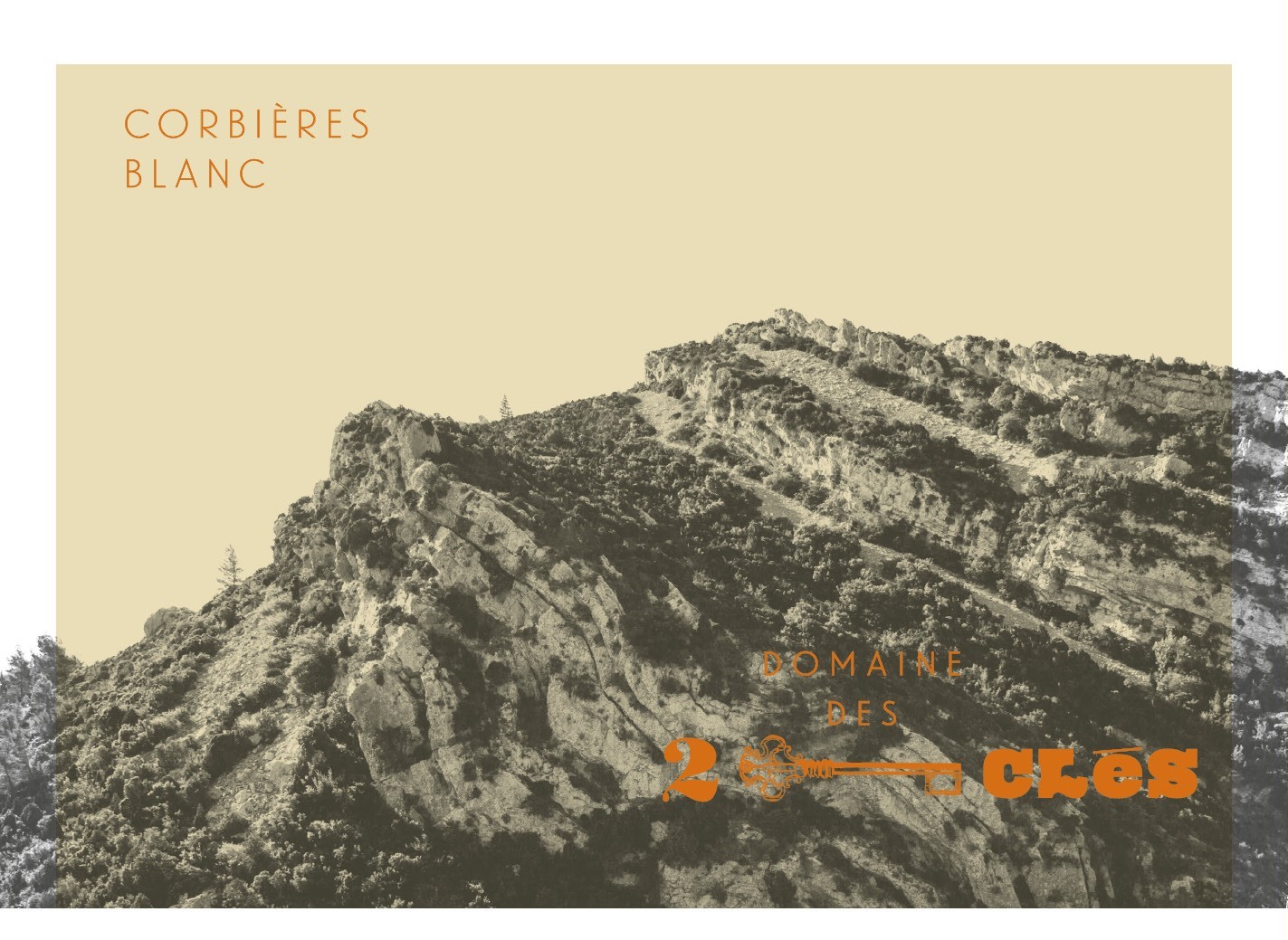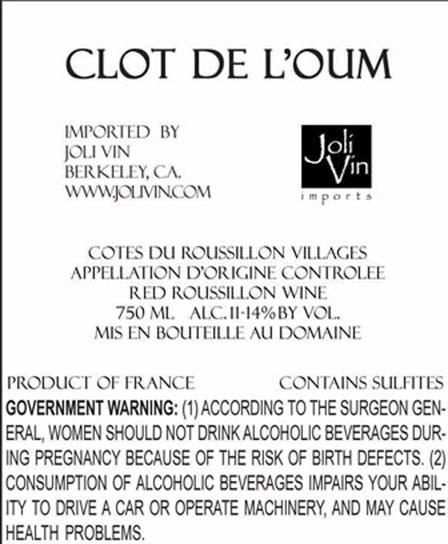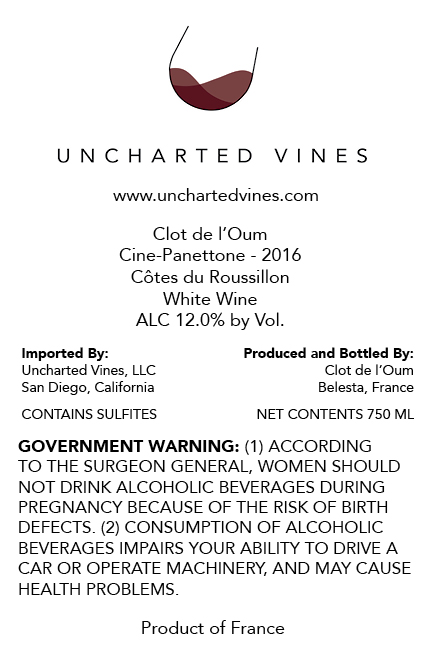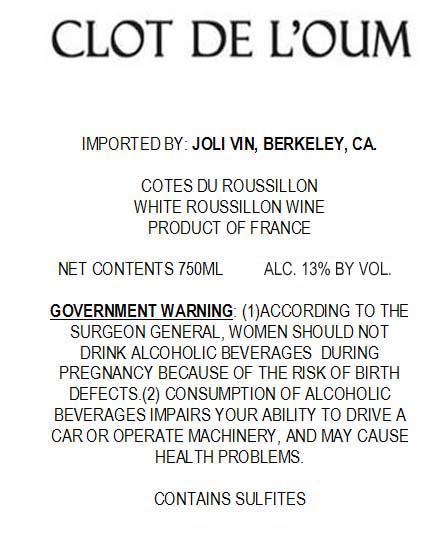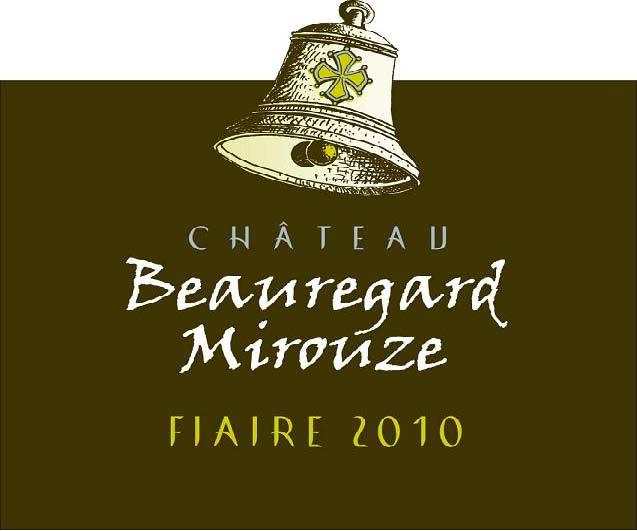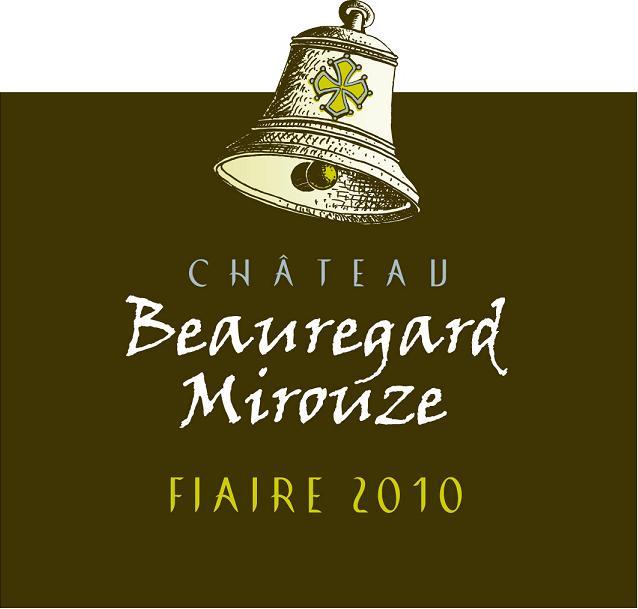Terroir of Corbières
The terroir of Corbières is a captivating blend shaped by ancient tectonic forces, featuring soils like poor clay-limestone, sandy loams, and schist. The rugged higher areas boast schistous hillsides, while plains near central villages offer gravelly soils. These well-draining, low-fertility soils stress the vines, concentrating flavors and imparting a distinct mineral note to the wines.
The Mediterranean climate here brings hot, sunny days tempered by sea breezes. In the elevated regions like Hautes-Corbières, cooler nights and significant temperature shifts preserve grape acidity. Influential winds, the dry Cers and the warm Marin, further define the climate. This interplay of elevation, climate, and diverse soils creates a medley of terroirs—limestone plateaus and schist hillsides—infusing Corbières wines with bold character and aromatic, herbal complexity.
Notable Wineries in Corbières
Corbières, a historic wine region in southern France, boasts several notable wineries that showcase the area's rich winemaking traditions and diverse terroir. Here are some standouts:
-
Domaines Barons de Rothschild (Château d’Aussières): Near Narbonne, this estate is known for modern winemaking and expertly crafted blends from old vines.
-
Gérard Bertrand: Renowned for their organic and biodynamic Corbières wines, including Domaine de Villemajou.
-
Domaine de Fontsainte: A family estate famous for expressive reds and standout rosé near Sigean.
-
Maxime Magnon: Respected for elegant organic reds that reflect the rugged terroir.
-
Château Ollieux Romanis: Specializes in Carignan blends from old vines in Boutenac.
-
Château de Castelmaure: A village cooperative known for character-rich reds from old-vine plots.
-
Domaine du Pech-Latt: Early organic pioneer in Lagrasse, celebrated for balanced blends.
Sustainable Winemaking in Corbières
In Corbières, a commitment to sustainability is reshaping the winemaking landscape, aligning with broader eco-friendly trends in Languedoc. Winemakers are increasingly adopting organic and biodynamic viticulture, avoiding synthetic chemicals, and using cover crops to enhance soil health in the region’s arid climate. Water conservation is paramount, with dry-farming practices and minimal irrigation helping to preserve this precious resource.
Integrated pest management reduces chemical reliance, leveraging natural predators and smart canopy techniques to maintain vine health. Energy-efficient technologies and eco-packaging, like lighter glass and Bag-in-Box, are gaining traction among producers. Cooperative efforts in recycling and resource sharing further bolster the region's sustainability initiatives. Together, these practices ensure that Corbières wines reflect not just the terroir, but also a deep respect for the environment.
Wine Tourism in Corbières
In Corbières, wine tourism offers a rich tapestry of experiences blending history, nature, and gastronomy.
Visitors can explore medieval villages like Lagrasse, with its storied abbey, or venture to Narbonne, bursting with Cathar-era heritage.
The rugged landscapes invite hiking enthusiasts to traverse trails in Montagne d’Alaric or Hautes-Corbières, where vineyards meet olive groves and forests.
Cellar-door experiences abound, with domaines offering tastings by appointment and guided tours to deepen understanding of local winemaking.
The Route des Vins du Languedoc provides a scenic journey through the region, with cycling options enhancing travel between quaint villages.
Seasonal wine fairs and festivals offer unique opportunities to taste local wines paired with traditional dishes like cassoulet and oysters, creating memorable farm-to-table experiences.
This diverse range of activities underscores Corbières' commitment to showcasing its robust wines and vibrant culture.
